Retro Replay Review
Gameplay
Auditorium unfolds as a cerebral puzzle experience where the core objective is to guide streams of light particles into audio containers, effectively “building” an orchestral soundtrack one beam at a time. Players interact with spatial modifiers—directional, attract, rabbit (speed up), repel (reverse) and deflect—to manipulate the trajectory of those particles. Each modifier can be picked up, rotated and relocated on the canvas, encouraging experimentation and creative problem-solving.
The game is structured into fifteen acts comprising around 70 levels in the browser version, with later stages introducing colour-specific controls that add another layer of complexity. Early acts ease you into the mechanics with simple beam redirection puzzles, while mid to late acts demand increasingly precise timing and strategic placement. By the time you reach advanced levels, you’re juggling multiple modifier types and coordinating intersections of light streams to synchronize with the musical backdrop.
On the PS3, Auditorium Classic is joined by Auditorium Modern, which expands the challenge with 78 new levels and fresh audio compositions. The Modern levels often showcase more intricate space, requiring you to think in three dimensions and, in some cases, using stereoscopic 3D to judge depth and angle. The addition of Move-controlled input on PS3 adds tactile precision, letting you physically position modifiers by pointing and dragging—a welcome twist for controller enthusiasts.
Overall, the gameplay loop balances calm, meditative puzzle-solving with moments of genuine “eureka” satisfaction when a hard-won beam finally unlocks a crescendo of sound. If you enjoy spatial reasoning puzzles wrapped in an audiovisual package, Auditorium’s core mechanics will keep you engaged for hours on end.
Graphics
Auditorium’s visuals are deceptively simple, relying on clean lines, soft glows and a minimalist color palette to convey each level’s puzzle elements. The three graphical modes—Standard, High Definition and Stereoscopic 3D (PS3 only)—let you choose between clarity and immersive depth. Standard mode is easy on casual machines, while HD mode sharpens each particle and modifier edge for greater visual fidelity.
In browser form, Auditorium uses vector-style rendering that scales smoothly, ensuring crisp visuals on any display size. The PS3 version’s stereoscopic 3D mode takes advantage of the console’s graphical horsepower, layering beams and modifiers in a way that helps you judge placement distance and intersection points more intuitively. Combined with optional depth-of-field effects, the PS3 release feels like peering into an abstract digital diorama of light and sound.
The user interface remains taut and unobtrusive throughout gameplay. Containers, modifiers and particle emitters each have distinct icons and color codes, reducing the risk of confusion when levels become densely populated. Subtle animations—pulsing rings around active containers or shimmering trails behind particles—add polish without distracting from the puzzle itself.
Whether you’re diving into the browser edition on a laptop or experiencing the PS3’s modern take in full HD with 3D enabled, Auditorium manages to be both elegant and functional, complementing its musical ambitions with visuals that feel both fresh and timeless.
Story
Auditorium doesn’t follow a traditional narrative, preferring to weave a story through its evolving soundtrack rather than through dialogue or cutscenes. Each act feels like a movement in a symphony, with the levels serving as individual themes that build upon one another. As you progress, the music swells from gentle piano motifs to full orchestral climaxes, giving a sense of musical storytelling that mirrors your growing mastery of the mechanics.
The absence of a linear plot might deter players looking for character arcs or dramatic twists, but it also eliminates unnecessary fluff, focusing attention squarely on the puzzle-music synergy. The game’s “story” is your journey from apprentice conductor to master composer, with each completed level marking another verse in the silent tale you’re creating.
Visually, Auditorium hints at a broader world through background art that evolves alongside the acts—from ethereal cloudscapes to geometric landscapes that pulse with every note. These abstract backdrops act as silent narrators, reinforcing the emotional tone of each piece without spelling out specific events or characters. In that sense, the story becomes as much about how you interact with the game’s audiovisual language as about any predefined plot.
Overall Experience
Auditorium is an exceptional fusion of puzzle, music and art that delivers a uniquely meditative yet intellectually stimulating experience. The core mechanics are easy to learn but hard to master, fostering a sense of discovery each time you unlock a new audio container and hear the soundtrack swell. Whether you’re playing the browser version or diving into the PS3’s enhanced editions, the game’s pacing and level design keep the challenge fresh throughout.
Replay value is significant, especially for completionists chasing three-star ratings or those eager to perfect each level’s timing and placement. The PS3 Modern levels, with their additional puzzles and stereoscopic 3D flair, offer even more depth. Achievements tied to flawless runs and hidden collectibles further incentivize exploration of every crevice of Auditorium’s sonic landscapes.
Some players might find the lack of direct narrative or character-driven motivation a drawback, and a handful of later stages can feel punishingly precise. However, these minor frustrations are offset by the joy of crafting near-perfect orchestral passages through pure logic and spatial reasoning. The soothing audiovisual feedback loops ensure that even failed attempts carry a sense of progress.
In conclusion, Auditorium stands out as a thoughtful, artful puzzle game that will resonate with music aficionados, puzzle fans and anyone seeking a relaxing yet challenging experience. Its clever design, polished visuals and immersive soundtrack come together to create an experience that feels greater than the sum of its parts—an ideal addition to anyone’s digital library.
 Retro Replay Retro Replay gaming reviews, news, emulation, geek stuff and more!
Retro Replay Retro Replay gaming reviews, news, emulation, geek stuff and more!

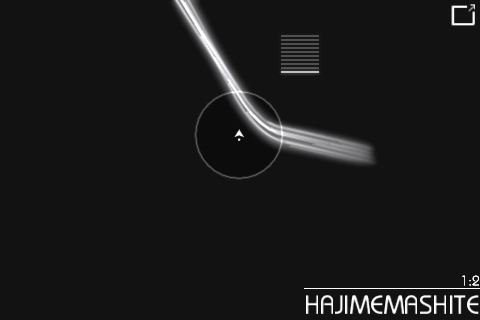
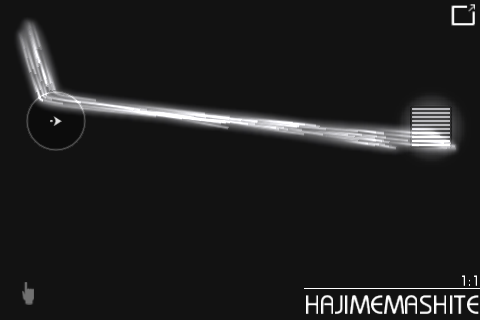
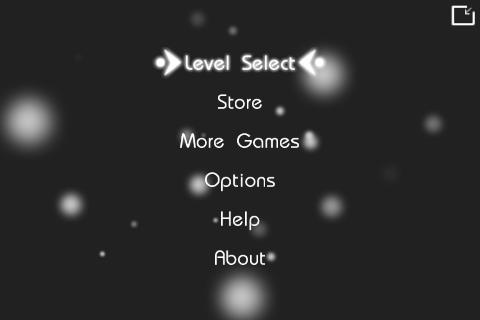
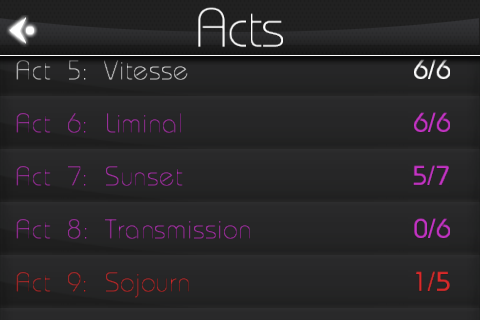
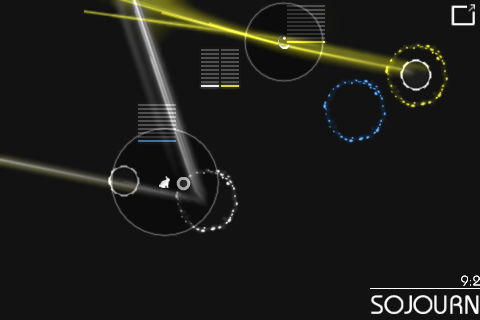



Reviews
There are no reviews yet.